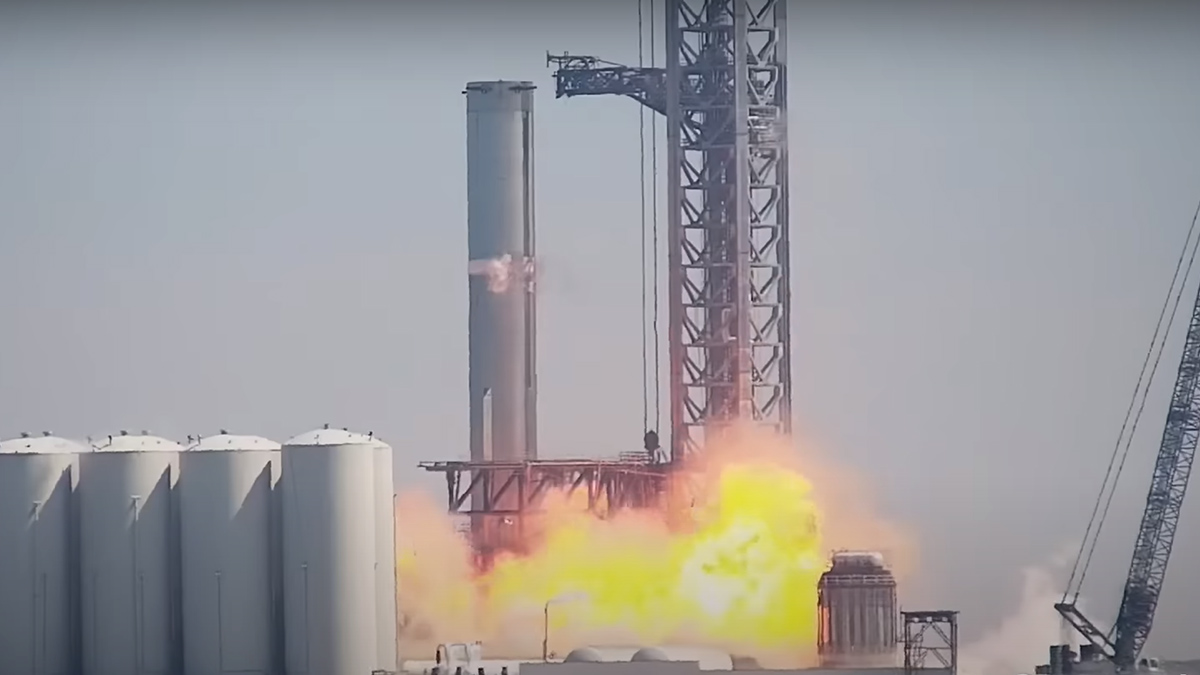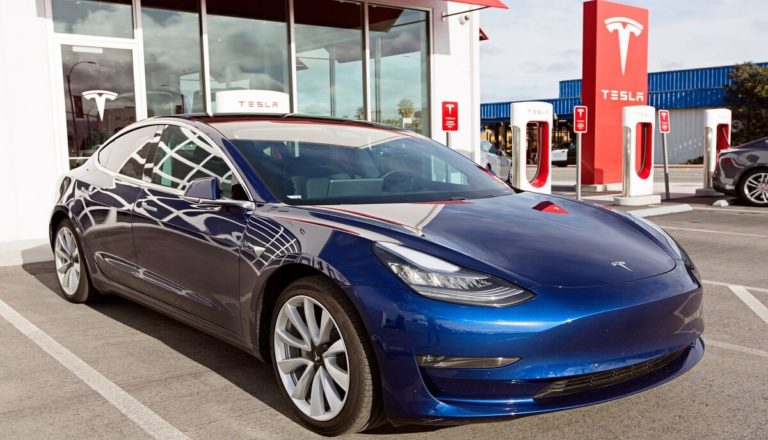Watch: SpaceX Super Heavy Booster 7 Turns Into Fireball During Ground Testing

SpaceX is one of the biggest spacecraft manufacturers in the world. However, recent reports state that a SpaceX Super Heavy booster suffered a significant blast as it was exposed to fire at the launch pad during its latest test round.
At 9 PM CDT on July 11th, the destiny of the upgraded Super Heavy called the “Booster 7” or “B7” is sloping towards persistence until the rocket exhausts the cryogenic propellant and possibly flammable gas and it is deemed safe for the SpaceX employees for approach.
The incident started at around 4:20 PM CDT, as the Super Heavy Booster 7 or the launch mount accidentally ignited a flammable gas cloud during the flow test, which involved most or all the 33 raptor engines.
The Background
Previously, SpaceX performed the ‘spin prime’ test with the raptor engines installed on the starship prototypes, which flows the high-pressure gasses through the engine’s turbines to achieve pressures and the required operating speed. The Booster 7’s test ended differently than expectations.
As the resulting cloud of mixed oxygen gas and methane was ignited unintentionally, it operated like a little fuel-air bomb, instantly combusting to create a shockwave and a massive explosion.
Following the initial explosion, the fire burned the resulting gasses creating a fireball that reached around 80-90 meters around (~260-300 ft.) in height. CEO Elon Musk did not directly participate in the test as he initially stated that the fire and explosion were deliberate, implying that it was more of an insignificant outcome. However, everyone that experienced the starship thought otherwise.
A Real Safety Threat
SpaceX issued printed safety warnings for the residents of Boca Chica village in advance as the testing could create a shockwave that can shatter glass and even injure the locals.
SpaceX has never previously conducted such experiments without notifying the locals, and the warning wasn’t distributed before July 11th, which guarantees that ignition wasn’t planned.
A few hours later, Musk deleted the original tweet and posted a new one stating that the explosion was “actually not good” and that the company was “assessing the damage.”
Nearly an hour after the explosion, B7 dumped cryogenic liquid in large quantity from a vent at the left, which generated a flood that spread around the nearby pad. It’s unclear if the liquid was oxygen or nitrogen, but one way or the other, the emergency propellant dump caused a fire at around 100 feet (30m) from the launch mount or booster.
The fire intermittently burned for the following two hours while posing a clear danger for the rest of the booster and the pad. Luckily, it didn’t go in the wrong direction like breaching the wrong underground pipe, and it eventually self-extinguished.






